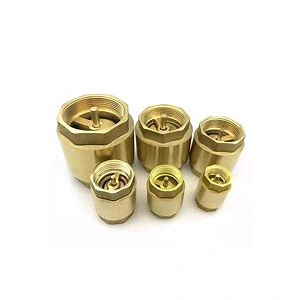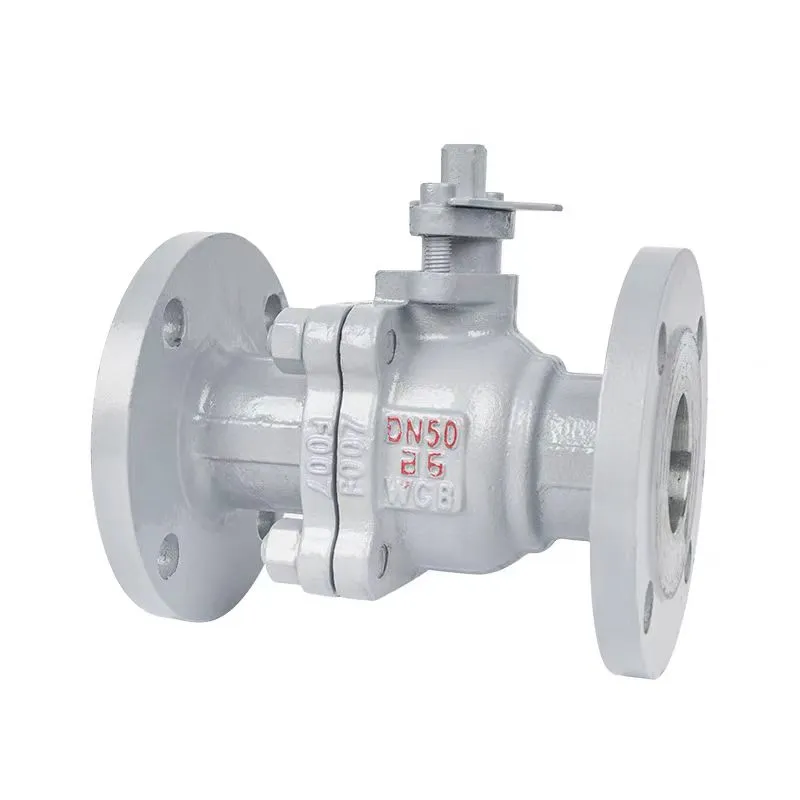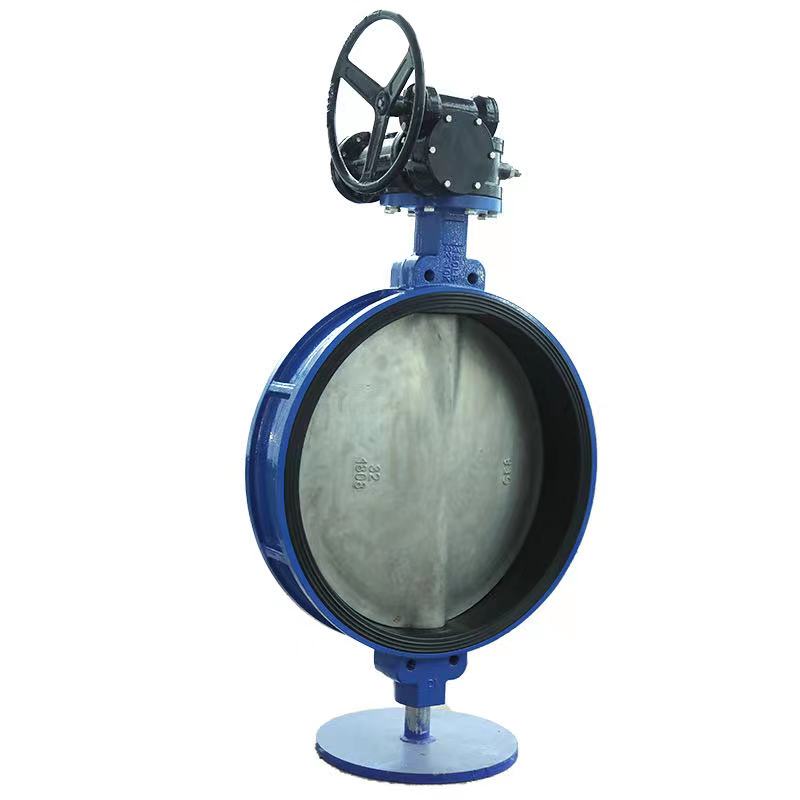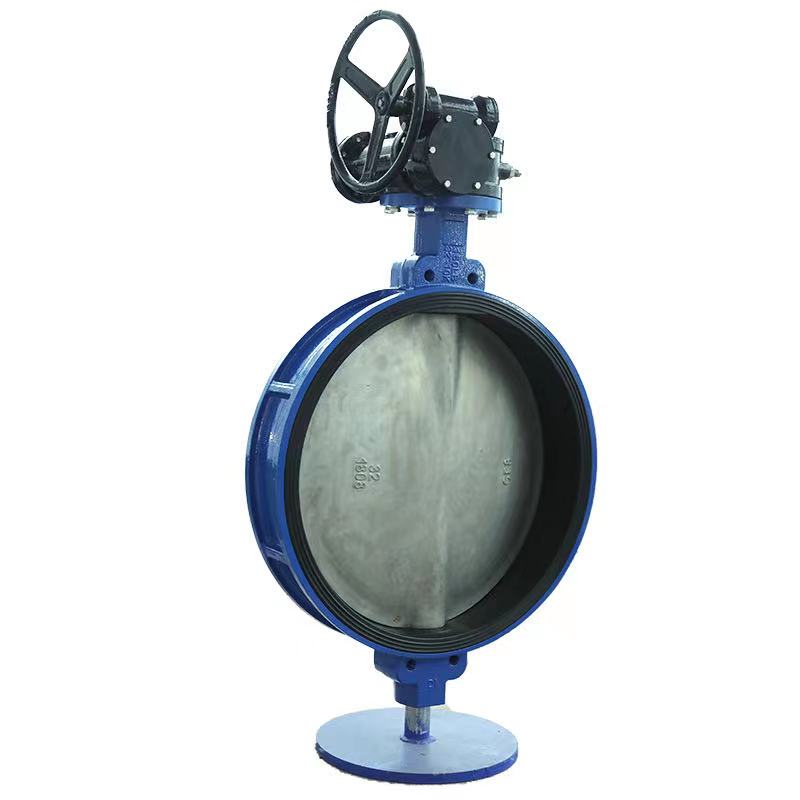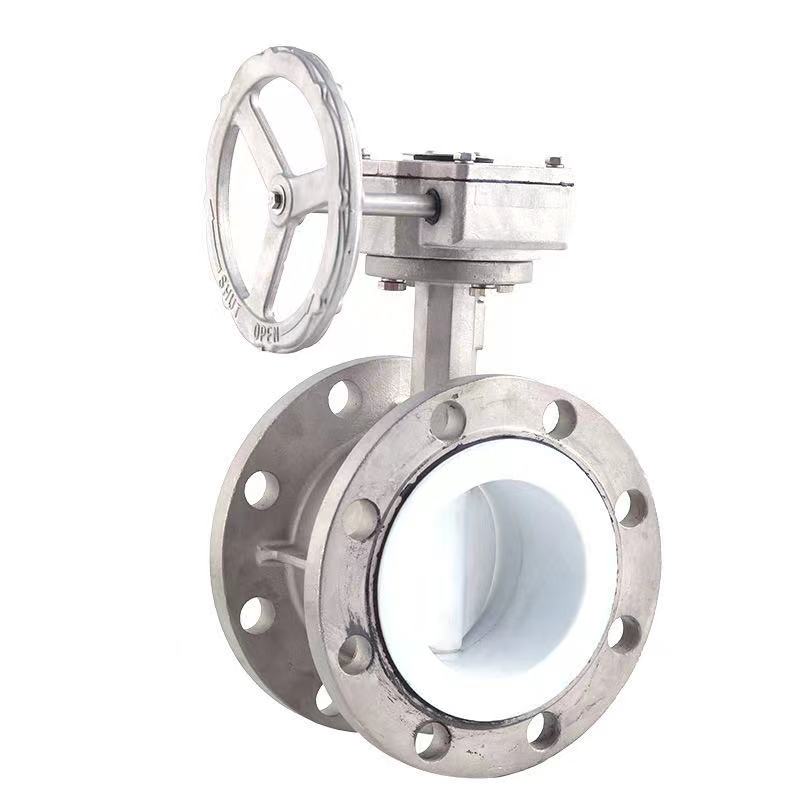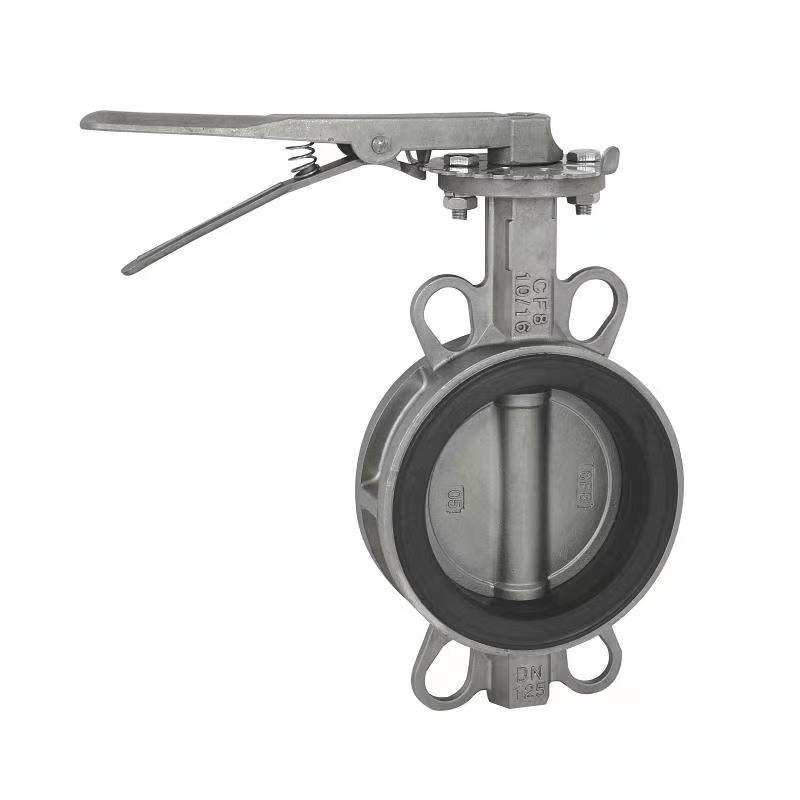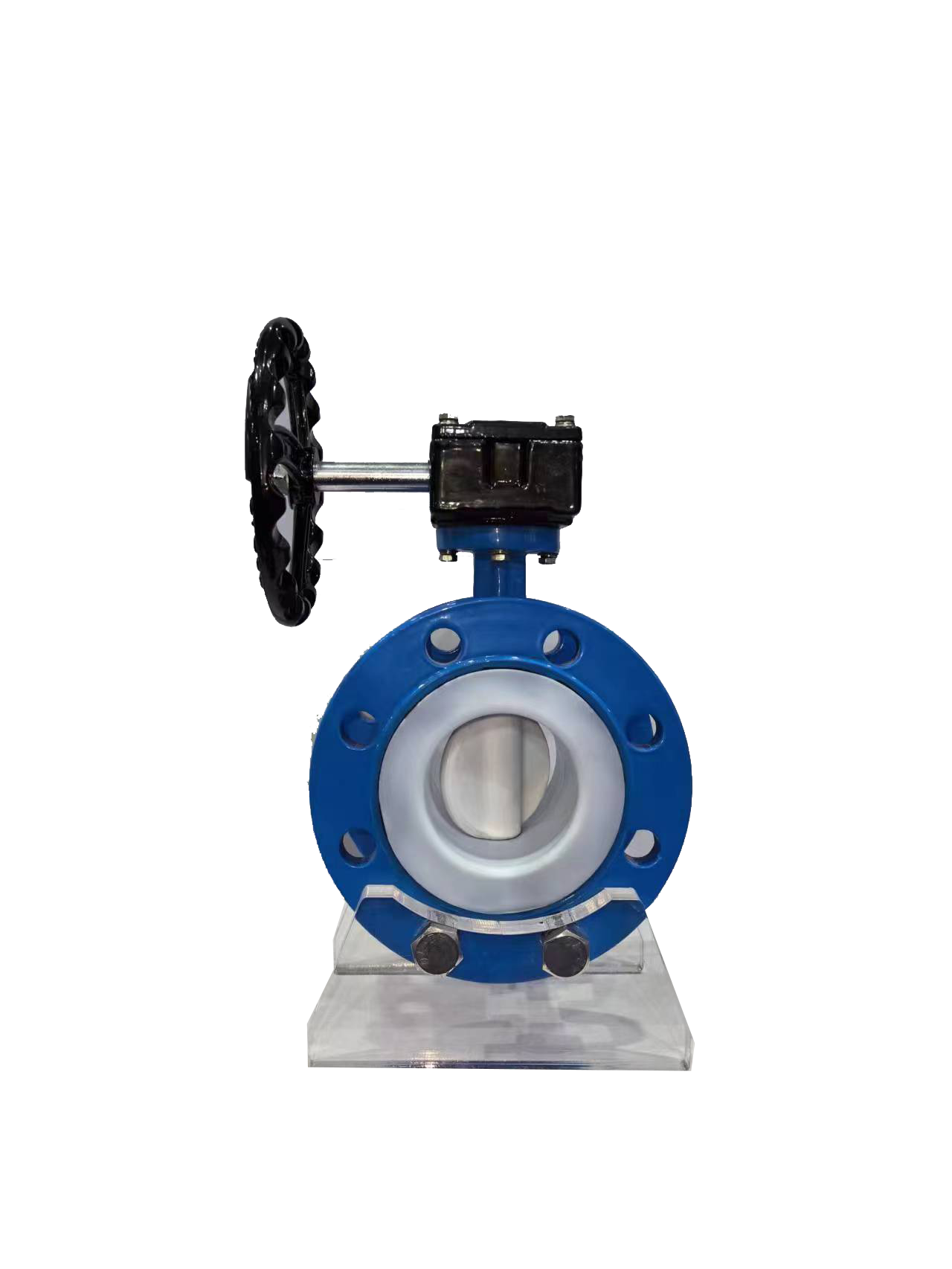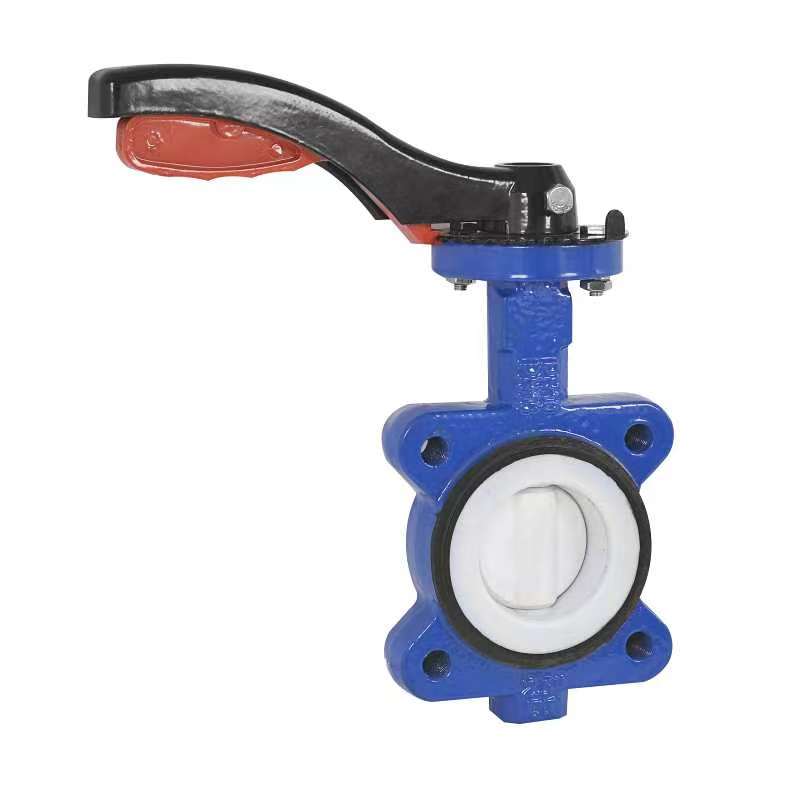- English
- Español
- Português
- русский
- Français
- 日本語
- Deutsch
- tiếng Việt
- Italiano
- Nederlands
- ภาษาไทย
- Polski
- 한국어
- Svenska
- magyar
- Malay
- বাংলা ভাষার
- Dansk
- Suomi
- हिन्दी
- Pilipino
- Türkçe
- Gaeilge
- العربية
- Indonesia
- Norsk
- تمل
- český
- ελληνικά
- український
- Javanese
- فارسی
- தமிழ்
- తెలుగు
- नेपाली
- Burmese
- български
- ລາວ
- Latine
- Қазақша
- Euskal
- Azərbaycan
- Slovenský jazyk
- Македонски
- Lietuvos
- Eesti Keel
- Română
- Slovenski
- मराठी
- Srpski језик
- Esperanto
- Català
- שפה עברית
- Cymraeg
- Latviešu
- icelandic
- ייִדיש
- беларускі
- Hrvatski
- Kreyòl ayisyen
- Shqiptar
- Malti
- lugha ya Kiswahili
- አማርኛ
- Bosanski
- Frysk
- ភាសាខ្មែរ
- ქართული
- ગુજરાતી
- Hausa
- Кыргыз тили
- ಕನ್ನಡ
- Corsa
- Kurdî
- മലയാളം
- Maori
- Монгол хэл
- Hmong
- IsiXhosa
- Zulu
- Yoruba
- অসমীয়া
- ଓଡିଆ
- Twi
- Samoa
- Sesotho
- සිංහල
- Gàidhlig
- Cebuano
- Somali
- Тоҷикӣ
- O'zbek
- Hawaiian
- سنڌي
- Shinra
- Հայերեն
- Igbo
- Sundanese
- Lëtzebuergesch
- Malagasy
- Tǝlam Kanuri
- Punjabi
- پښتو
- Chichewa
What is the core structure of butterfly valve?
2025-10-21
What are the components that make up the core structure of a butterfly valve?
The core structure of a butterfly valve mainly includes a valve body, a valve stem, a butterfly plate, and a sealing component. The valve body is usually a straight through cylindrical structure with smooth inner walls to reduce medium flow resistance; The valve stem is connected to the drive device and the butterfly plate, responsible for transmitting torque and driving the butterfly plate to rotate; The butterfly plate is an opening and closing component that adjusts flow by rotating around the axis of the valve stem (0 °~90 °), and its shape directly affects the flow capacity; The sealing component is composed of a valve seat and sealing material, which directly affects the compatibility and sealing performance of the medium.
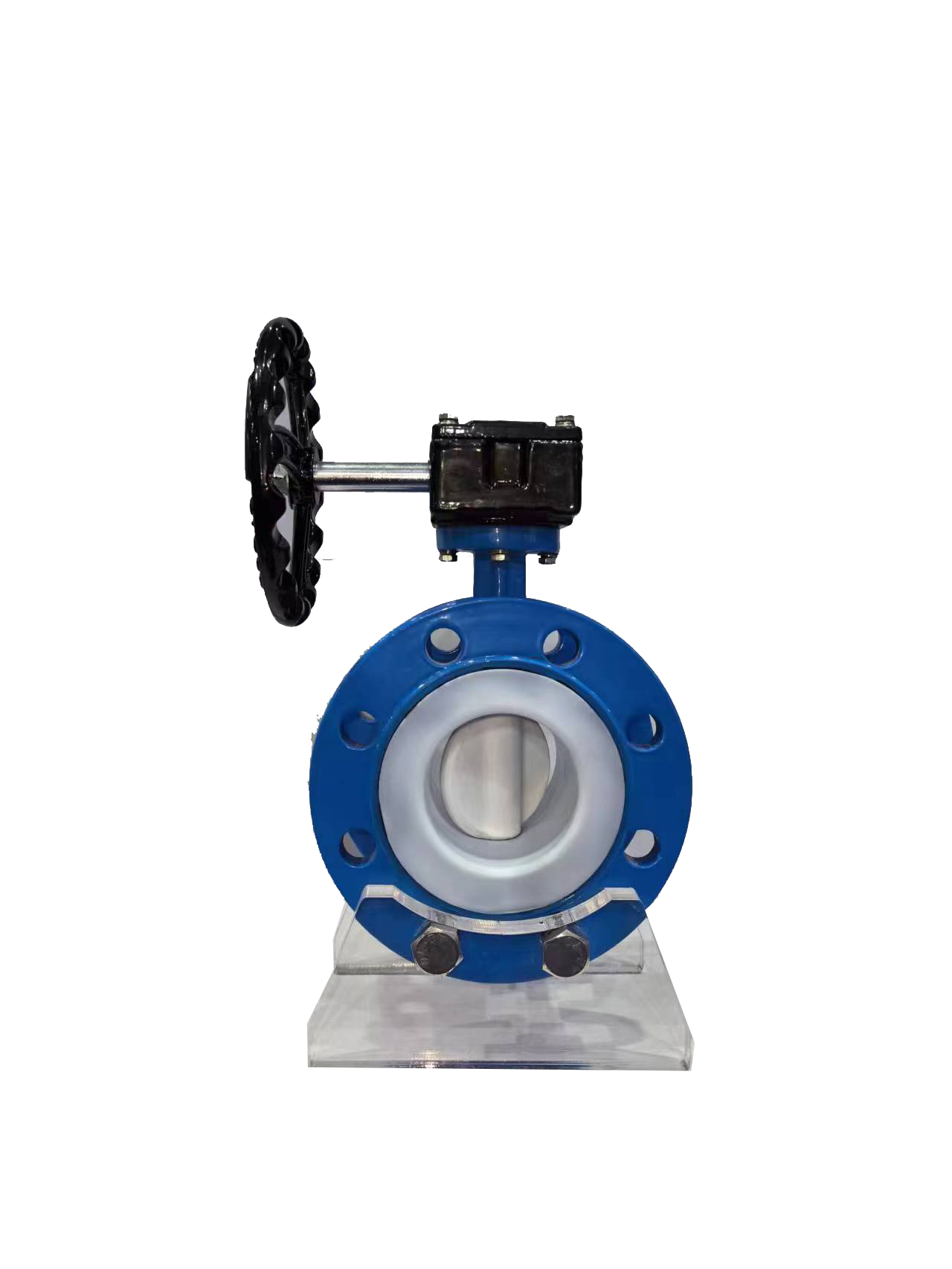
What are the key details of butterfly valve plate design?
As the core component of butterfly valves, the design of butterfly plates directly affects flow characteristics and sealing performance. The standard streamlined butterfly plate has an arc-shaped edge, which can reduce fluid resistance, but the curvature radius needs to match the diameter of the pipeline, otherwise it is easy to form vortices; Eccentric butterfly plates (such as single eccentric, double eccentric, and triple eccentric) reduce sealing surface wear by offsetting the center of the valve stem, with the triple eccentric butterfly plate adding an additional tilt angle to achieve zero leakage and high temperature and pressure resistance; The irregular butterfly plate is designed with guide ribs for media containing particles to avoid particle blockage.
How does the sealing component of butterfly valves affect performance?
The sealing component is the key to achieving medium cutoff and flow regulation in butterfly valves. The valve seat material needs to be selected according to the characteristics of the medium, such as nitrile rubber (NBR) with good oil resistance but easy hardening at low temperatures, and fluororubber (FKM) with strong corrosion resistance but high cost; The metal valve seat needs to match the hardness difference of the butterfly plate material to avoid leakage caused by mutual friction. In addition, the sealing pressure ratio needs to be precisely controlled. If it is too high, it will cause deformation of the valve seat, and if it is too low, it will not fit tightly, directly affecting the sealing effect.
Related News
- Are there any requirements for the installation direction of butterfly valves?
- How long is the service life of butterfly valves generally?
- What media environments are butterfly valves suitable for?
- What will happen to ball valves at low temperatures?
- What is the basis for achieving ball valve sealing?
- Why can ball valves open and close quickly?




